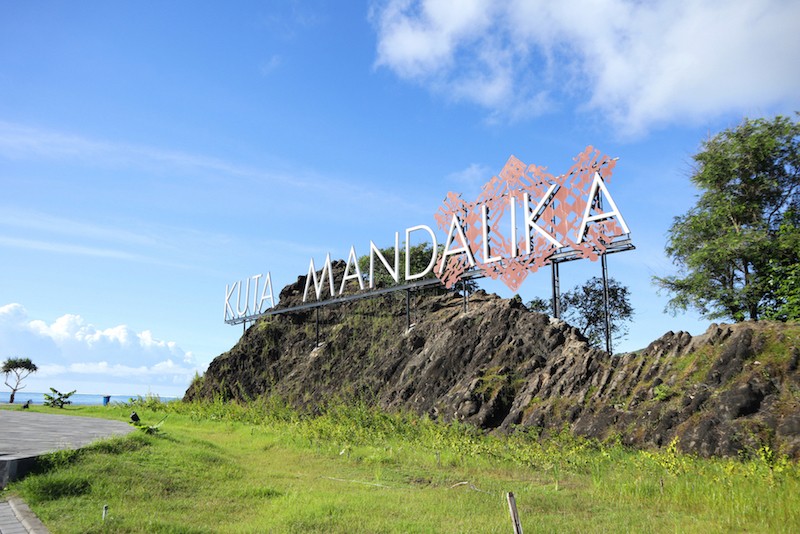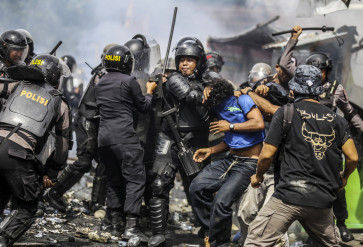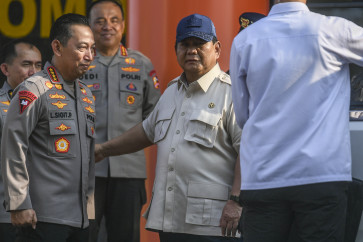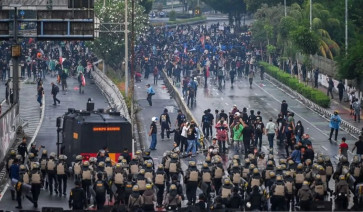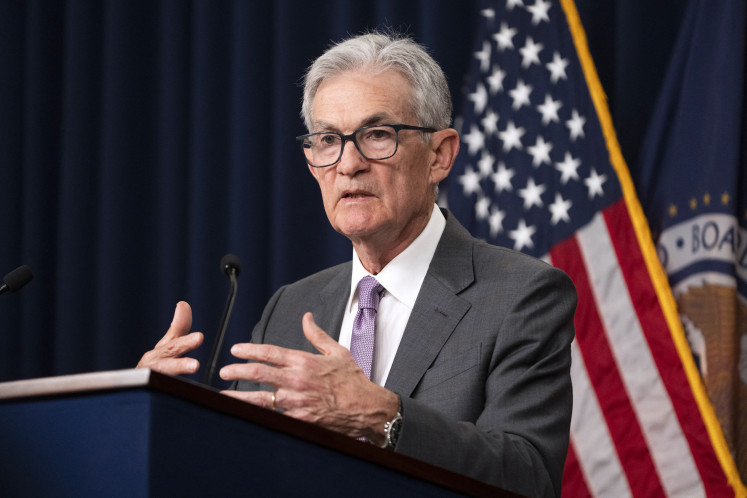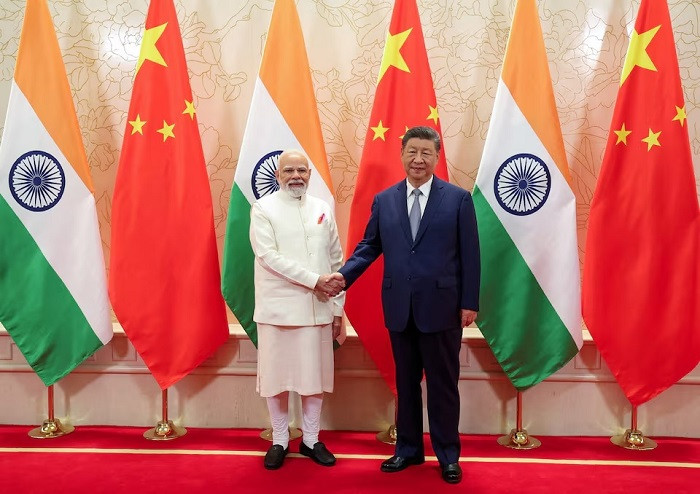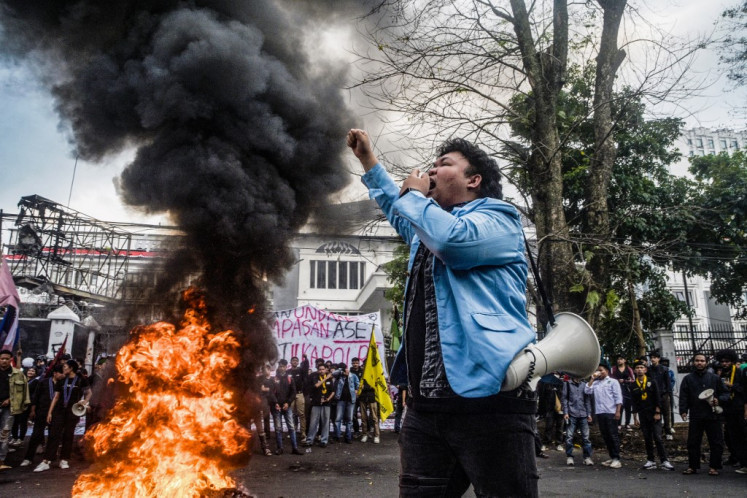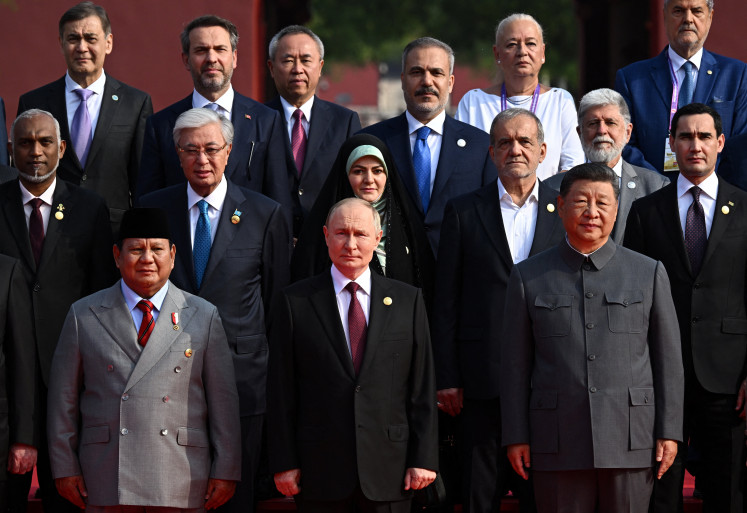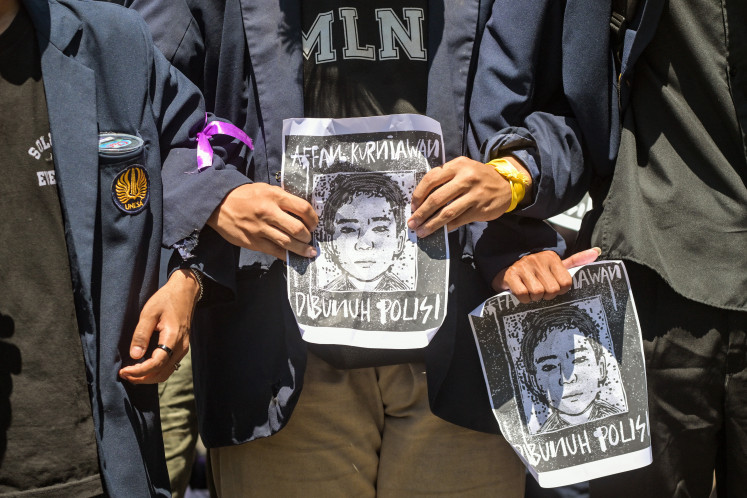Popular Reads
Top Results
Can't find what you're looking for?
View all search resultsPopular Reads
Top Results
Can't find what you're looking for?
View all search resultsIndonesia's tourism boom explained
Indonesia’s booming tourism sector is best understood as the result of careful policy planning and execution by the Jokowi administration.
Change text size
Gift Premium Articles
to Anyone
S
ince President Joko “Jokowi” Widodo took office in 2014, Indonesia has seen rapid growth in its tourism industry. In 2014, there were 9.4 million overseas visitors to Indonesia. By 2017, that number had exploded to over 14 million and continues to climb. This is generally considered a net positive for the economy, as foreign visitors spend billions of dollars in their own currencies, drive investment and generate thousands of jobs for local workers and businesses.
Indonesia’s booming tourism sector is best understood as the result of careful policy planning and execution by the Jokowi administration, which rolled out a multi-pronged approach to boosting the industry in 2015. The plan involved bureaucratic restructuring, regulatory reforms, and the acceleration of big-ticket infrastructure projects that would make it easier to access marquee destinations.
Jokowi inherited an economy that was overly reliant on exports, particularly oil, gas and coal. As the global market for these commodities cooled, economic policy-makers saw the need to rebalance by boosting non-export service sectors, such as tourism. To accomplish this, the Tourism Ministry was restructured in 2015 and its budget expanded.
Previously, the Ministry had also been responsible for creative economic activities, tasked with financing and producing films, music and art that promoted Indonesian culture and society. With a narrower mandate focused solely on tourism development and promotion and a bigger budget, the Ministry has subsequently been better equipped to achieve its ambitious goals.
Those goals are part of a 5-Year Strategic Plan developed in 2015, which set the following benchmarks for 2019: 20 million overseas visitors; Rp 240 trillion (US$17.2 billion) in tourist expenditures; 13 million total jobs; and tourism comprising 8 percent of national GDP. They are well on their way to achieving or coming close to hitting most of these benchmarks, which suggests the plan is working remarkably well.
The plan was rolled out in conjunction with regulatory reforms that made it easier for foreigners to travel to and invest in Indonesia. The number of countries whose citizens are eligible for visa-free travel to Indonesia was raised from 45 in 2014, to 169 in 2016. Restrictions on foreign ownership of hotels and restaurants were also significantly relaxed or eliminated altogether, and the permitting process for new businesses was streamlined.
These reform efforts have had varying degrees of success, but overall have contributed to swift growth in overseas travelers and renewed enthusiasm from investors who have been pouring money into a number of commercial and resort developments. Critically, these efforts to improve the regulatory environment have gone hand-in-hand with an acceleration of big infrastructure projects, particularly the expansion and construction of airports and toll roads.
One of these areas is Lake Toba in North Sumatra, the largest volcanic caldera lake in the world. In 2017, Jokowi opened the renovated Silangit Airport, with a larger runway and expanded passenger terminal that is expected to be able to handle 500,000 passengers per year, including international arrivals. A rail line connecting Lake Toba to the provincial capital of Medan, which received a new international airport in 2013, was opened in February 2018, and a toll road from Medan directly to the Lake Toba ring road is currently under construction.
Yogyakarta, where the ancient Buddhist temple Borobodur, a UNESCO World Heritage Site, attracts hundreds of thousands of foreign visitors and millions of Indonesians annually, is also in the process of receiving a new airport. Acquisition of 587 hectares of land which will be developed into an international airport with a capacity of 15 million passengers was largely completed in early 2018. These sites, which have been prioritized by the Tourism Ministry as strategic destinations, are thus rapidly being equipped with the infrastructure necessary to handle the millions of expected travelers in the coming years.
A pair of large development projects in Labuan Bajo, gateway to the Komodo Islands, and Mandalika in Central Lombok, serves as further evidence of strong investor interest in Indonesia’s tourism industry. The Labuan Bajo Marina Project is a Rp398 billion ($28.6 million) development featuring a 180-room hotel, ferry dock, restaurants and retail businesses. It is on schedule to be completed by August 2018, and will help diversify Labuan Bajo’s attractiveness as a tourist destination in its own right, and not merely as a gateway to the Komodo dragons in the nearby National Park.
The Mandalika resort project is a massive undertaking in Lombok. Media reports state that several large international hotel chains have already begun construction, with investment hitting Rp 2.2 trillion. Once completed, the integrated resort complex is expected to absorb over 58,000 local workers.
All of this paints a pretty optimistic picture of tourism-led growth in Indonesia. Regulatory barriers have been rolled back, the Tourism Ministry has been streamlined and equipped with sufficient resources to better carry out its mandate, and infrastructure projects that will improve ease of access are barrelling ahead. Large increases in visitor numbers year over year since the program was started in 2015 support the conclusion that the government’s multi-pronged approach to growing the industry is paying dividends.
In 2014, Jokowi made bold promises about economic growth and development in Indonesia. Some of these, such as the lofty ambition to add 35 GW of installed capacity to the electric grid by 2019, have not quite lived up to their promise. But tourism is one sector that is moving along at a fast clip, thanks to a methodical approach that included a comprehensive policy vision, clear benchmarks to measure success, and a strategy that coordinated a range of actors across ministries, industries and jurisdictions in service of that vision.
As national elections loom in 2019, voters will be judging Jokowi in part based on his economic record in office. While not perfect, he will be able to credibly point to examples like the tourism industry as proof that his economic policies are working, and this ought to hand him a potent weapon for his 2019 campaign arsenal.
***
James Guild is a PhD candidate at the S. Rajaratnam School of International Studies in Singapore, with a research focus on Indonesia’s political economy. He can be reached at JAMESJOR001@ntu.edu.sg. Follow him on Twitter @jamesjguild

